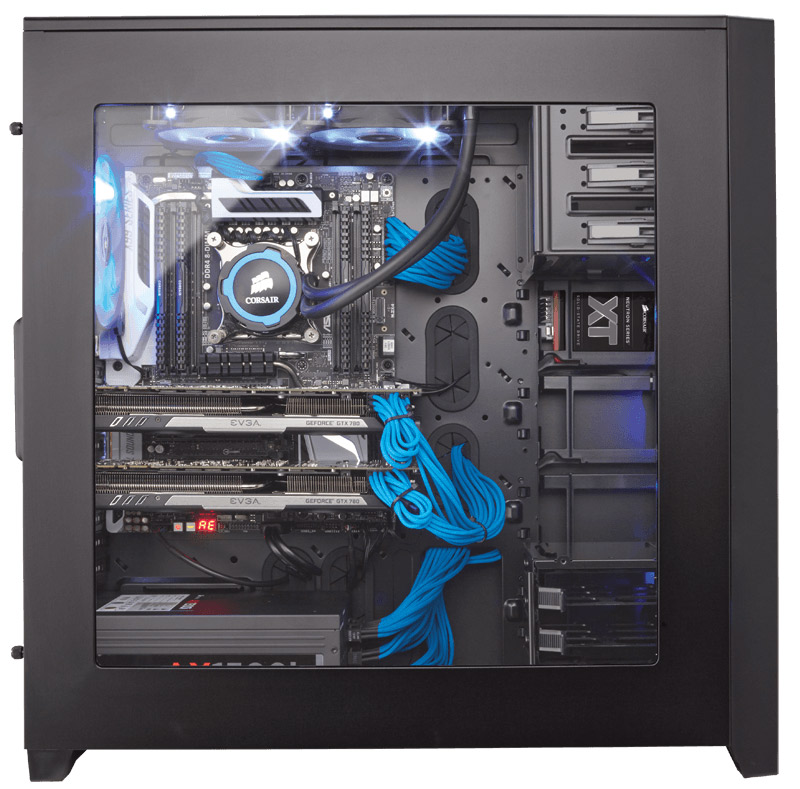Well, that just happened... I bought a Ryzen CPU...
That may not seem a huge revelation, but let me be clear in my PC's I have always (well nearly always) had Intel CPU's. But the current 3rd generation of Ryzen has Intel on the ropes and I have to get moving with my new PC build.
And I've gone in what may seem a strange direction.
Initially I thought about third gen Threadripper, but I really can not justify the expense, most of my work is done on servers and though I could bring it all onto my workstation for compiles (like LLVM) but really its a convenience and not worthhy of nearly £2500 (after a processor and motherboard).
So what did you do Xel?... WHAT DID YOU DO?
Well, I've gone with an AM4 socket motherboard, a very good AM4 socket motherboard, and I've gone with a 3rd Gen Ryzen Zen 2 architecture processor, but perhaps not the one you'd expect.
You may expect me to have gone with the Ryzen 9 3950X, and you'd be right sometime next year, when they're properly out and in stock and prices have homogenised some. But today, pre-Christmas, they're like rocking horse shite and costly.
The processor I've gone with then is the Ryzen 5 3600X...
Yes, it's Zen 2, yes it's AM4... Yes it's only 6 cores and 12 threads like my current workstation machine. But it was only £200. It comes with the stock cooler, so I cam practice with that before delving into fitting the AIO.
I've gone with an Asus ROG top tier motherboard for this class of processor, and I plan to let it go up to the 3950X with it's 16 cores and 32 threads sometime next year.
Memory, I've gone with two sets of 2 x 16GB Corsair Dominator RGB. For a total of 64GB of RAM, which is a massive upgrade and maxes out the motherboard.
For that's the big thing I'm giving up, if I had gone with the threadripper3, then I'd have automatically had access to double the RAM slots (8 to be precise) and 128GB of RAM is common as a maximum on the X399... But here on the X370's it's usually 64GB (though some are 128GB).
The motherboard, RAM and processor all come from Amazon, for (to me) the princely sum of £700. So the whole new machine, with the PSU, AIO, Case and storage I already have has topped me out at £1,100.
Expect build videos and tech tinkering footage soon.








